1. An Oversized, Impossibly Plush Blanket in Every Room
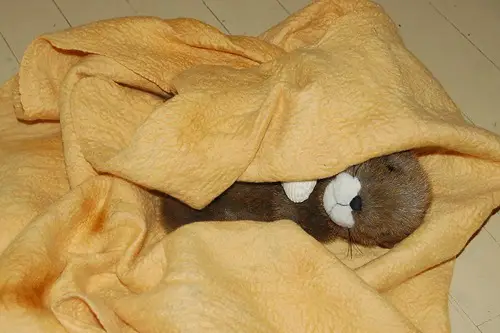
Post-breakup, comfort becomes a top priority—and nothing screams emotional recovery like multiple ultra-soft blankets within arm’s reach. These aren’t just regular throws; they’re faux fur, weighted, or big enough to rival a king-sized bedspread. Psychologists often recommend tactile comfort like blankets to help soothe anxiety and ease loneliness. So if there’s one draped over every couch, chair, and foot of the bed, it’s likely part therapy, part survival.
The abundance is no accident—it’s a barrier between the heart and the cold world. It helps to curl up and quite literally hide when the emotions come flooding in. People going through heartbreak tend to seek warmth, not just metaphorically but physically. These blankets become transitional objects, a soft substitute for the presence that’s now missing.
2. A Stack of Self-Help Books on the Coffee Table
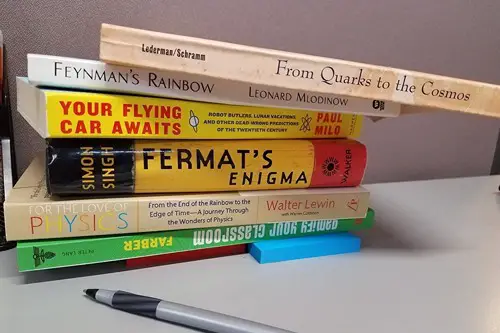
Whether it’s “Attached,” “The Body Keeps the Score,” or a classic Brené Brown title, the presence of self-help books is almost a breakup cliché—and with good reason. Heartbreak triggers a search for answers and meaning, and these books offer both structure and solace. Their visibility on the coffee table isn’t accidental; it’s both a declaration of growth and a self-reminder. Sometimes they’re read, sometimes they’re aspirational—but they’re always symbolic.
Reading about healing feels like doing something productive when emotions feel uncontrollable. It creates a sense of control over the chaos. Many of these books touch on trauma, boundaries, or emotional intelligence—exactly the things people reevaluate post-breakup. So don’t be surprised to see highlighter marks and sticky notes like it’s a college course in emotional resilience.
3. Fridge Stocked with Kombucha and Nothing Else

A breakup can mess with your appetite, and it shows up in wildly specific grocery habits. Kombucha’s probiotics can help with gut health, which is often affected by stress and emotional turmoil. Many people going through a breakup start focusing (sometimes obsessively) on “healing” their body along with their heart. Hence, a fridge that looks like a health blog but with zero real meals.
The absence of full meals is also telling—cooking for one can feel discouraging at first. Instead, it’s grab-and-go liquids, protein bars, and maybe a lonely avocado. Kombucha also gives a slight buzz without alcohol, which helps if they’re trying to stay clear-headed or sober. That weirdly curated fridge becomes a mirror of emotional disarray disguised as wellness.
4. Way Too Many Candles—And They’re All Lit
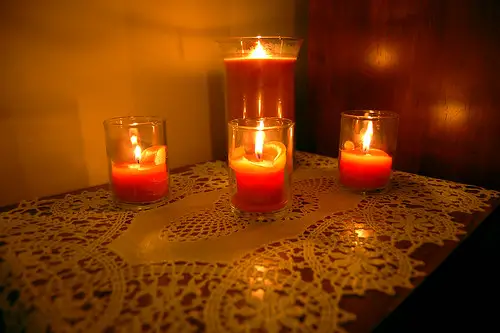
Scent is deeply tied to memory, and lighting candles is a subtle form of reclaiming emotional space. After a breakup, people often use fragrance to overwrite past memories or create a new “vibe” to suit their single era. You’ll notice everything from woodsy and musky to vanilla and floral—each one possibly tied to a mood they’re trying to summon. The sheer quantity makes sense when you realize they’re trying to avoid a silence that smells like someone else.
Beyond aroma, candles are grounding. They add warmth and intimacy to a place that might suddenly feel empty or echo-y. Lighting them becomes a ritual, which is key to healing after emotional upheaval. It’s not just decor—it’s a coping mechanism with a wick.
5. A Bed That’s Clearly Been Moved to the Center of the Room
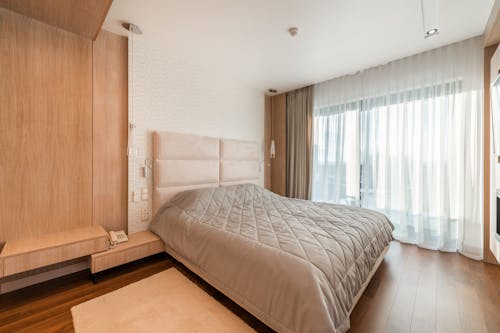
Beds are often pushed against the wall when two people share a small space. But after a breakup, one of the first things people do is reassert control—sometimes literally dragging the bed back to center. It reclaims symmetry, independence, and the entire mattress surface. It’s less about furniture placement and more about reclaiming your space physically and emotionally.
This shift can also reflect a desire for fresh energy, a psychological reset. Feng shui even suggests centering the bed for better balance and personal flow. There’s no more need to make room for someone else. Now the space is all theirs—figuratively and spatially.
6. A Vision Board That’s Suddenly Front and Center

A breakup often sends people diving headfirst into self-improvement—and that vision board is the proof. What used to be tucked in a closet or bedroom corner is now prominently placed near a desk or in the living room. It’s full of travel pictures, affirmations, and inspirational quotes that almost scream “I’m fine now!” Vision boards give structure to dreams when life feels chaotic.
They also function as a psychological tool for reframing loss. Instead of ruminating, it pushes the person to focus on goals and the future. Therapists often recommend visualizing positive outcomes to counterbalance emotional pain. So if you walk in and see one with gold pushpins and a lot of “healing crystal” imagery, you know what’s up.
7. The TV Is Now in the Bedroom

If the TV was once part of a shared living room experience, its sudden migration to the bedroom is a telling sign. It’s a cocooning move—making the bedroom a place of distraction, escape, and solo comfort. Falling asleep to a show drowns out the silence and memories that come crashing at night. People recovering from heartbreak often find it easier to sleep with background noise or the illusion of companionship.
It also marks a retreat from shared routines. Movie nights are now just personal binge sessions with snacks and tears. Bedrooms become safe zones for emotional unraveling, and the TV becomes a 40-inch therapist. It’s less about entertainment and more about emotional triage.
8. A Yoga Mat That’s Never Fully Rolled Up
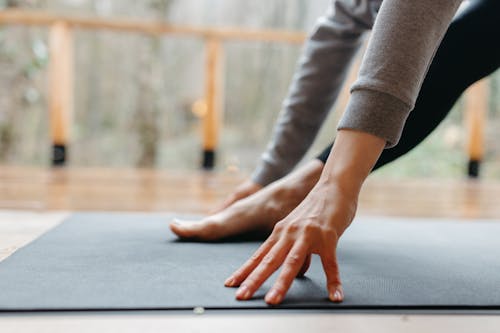
It’s like a visual cue that healing is happening, or at least being attempted. The yoga mat might live in the middle of the living room now, never quite stored away, hinting at spontaneous downward dogs at 11 p.m. After a breakup, movement becomes medicine, and yoga is one of the few forms that combines physical release with emotional processing. It’s stretching, crying, breathing, and sometimes cursing—all in one space.
Yoga also encourages mindfulness, which helps with rumination and emotional regulation. Even if they’re not an experienced yogi, people often gravitate toward it during high-stress times. It doesn’t hurt that Instagram makes it look healing and aspirational too. The semi-permanent mat is a small but mighty symbol of rebuilding from the ground (or floor) up.
9. Mirrors Moved to Reflect More Light
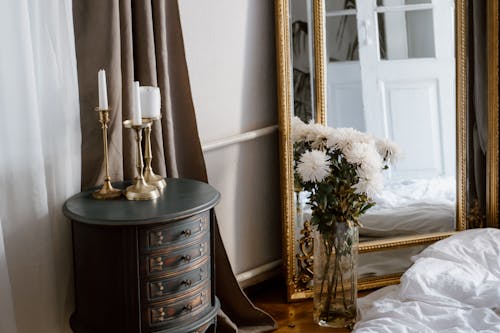
Suddenly, the once-ignored mirror is catching the sunrise, bounce-lighting the whole space, and generally vibing like a Nancy Meyers movie. It’s not just about aesthetics—light is linked to mood, and people dealing with emotional pain often rearrange things to boost their serotonin. Reflective surfaces, especially when moved intentionally, can trick the brain into perceiving a lighter, more open space. That matters a lot when the interior world feels heavy.
This isn’t just interior design—it’s survival strategy. Small adjustments like better light or brighter curtains actually affect mental health. Many people unconsciously become amateur lighting technicians when trying to crawl out of sadness. A strategically placed mirror might just be their most hopeful piece of furniture.
10. A Pet Bed That Appears Way More Luxe Than Expected
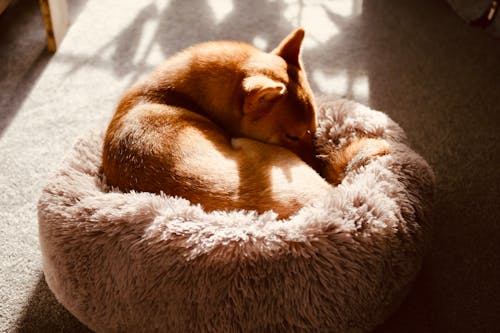
When someone’s reeling from heartbreak, pets often become their emotional anchor—and they spoil them accordingly. Suddenly, there’s a memory foam pet bed with a name tag and maybe even a little ramp to the couch. Pet spending tends to increase after emotional distress, with people treating their animals like stand-ins for lost affection. Those upgrades aren’t just cute—they’re compensatory.
A beloved pet can become the primary source of comfort and routine. That means more toys, more grooming, and more elaborate lounging zones. Investing in their comfort becomes a way to feel needed again. And if that dog is dressed better than you, it’s probably been a rough few months.
11. A New Hobby Area That Looks Uncomfortably Recent
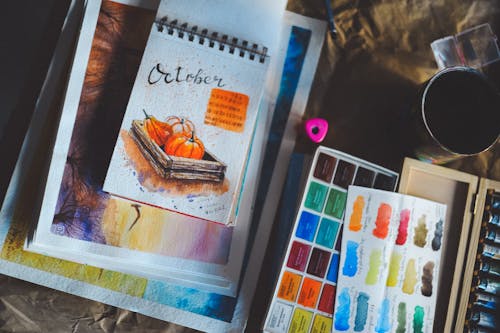
Breakups often inspire a sudden burst of creative energy—or at least the desperate need for a distraction. Enter: the brand-new watercolor station, sourdough starter shrine, or indoor gardening setup that looks about two weeks old. It’s a physical manifestation of someone trying to “find themselves” again, even if they’ve never knitted a scarf in their life. These hobby zones tend to appear quickly and often go slightly overboard with supplies.
This isn’t just killing time—it’s about building identity from scratch. Engaging in hands-on activities can also reduce anxiety and depressive symptoms. New hobbies help structure the day and offer small wins when self-esteem is low. So if you spot a ukulele leaning against an untouched pottery wheel, it’s heartbreak DIY in progress.
12. A Noticeable Absence of Anything That Belonged to the Ex

No hoodie, no mug, not even a shared Polaroid on the fridge—everything has been erased with clinical precision. That kind of purging is a common response to breakups, especially when someone’s trying to move on decisively. It’s part grief, part control, and part refusal to let emotional clutter linger. Removing these items creates space, both physically and psychologically, for the next chapter.
Some people go so far as to repaint, buy new furniture, or completely redo their closet. This aggressive reset is less about spite and more about survival. Memory triggers can derail healing, so minimizing them speeds up recovery. That noticeable emptiness? It’s heartbreak disguised as minimalism.
This post 12 Home Details That Only Make Sense If Someone’s Trying to Get Over a Breakup was first published on Greenhouse Black.
